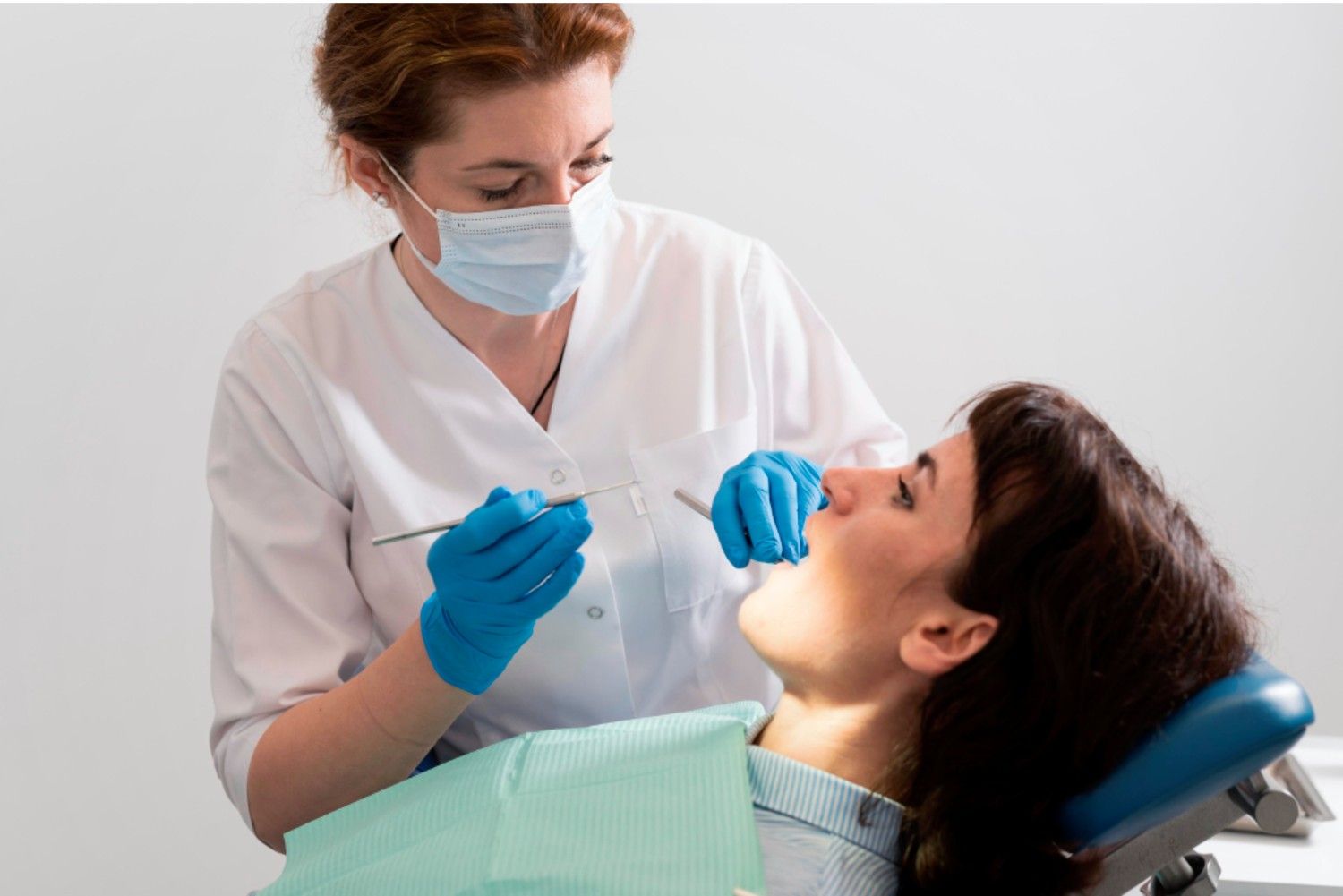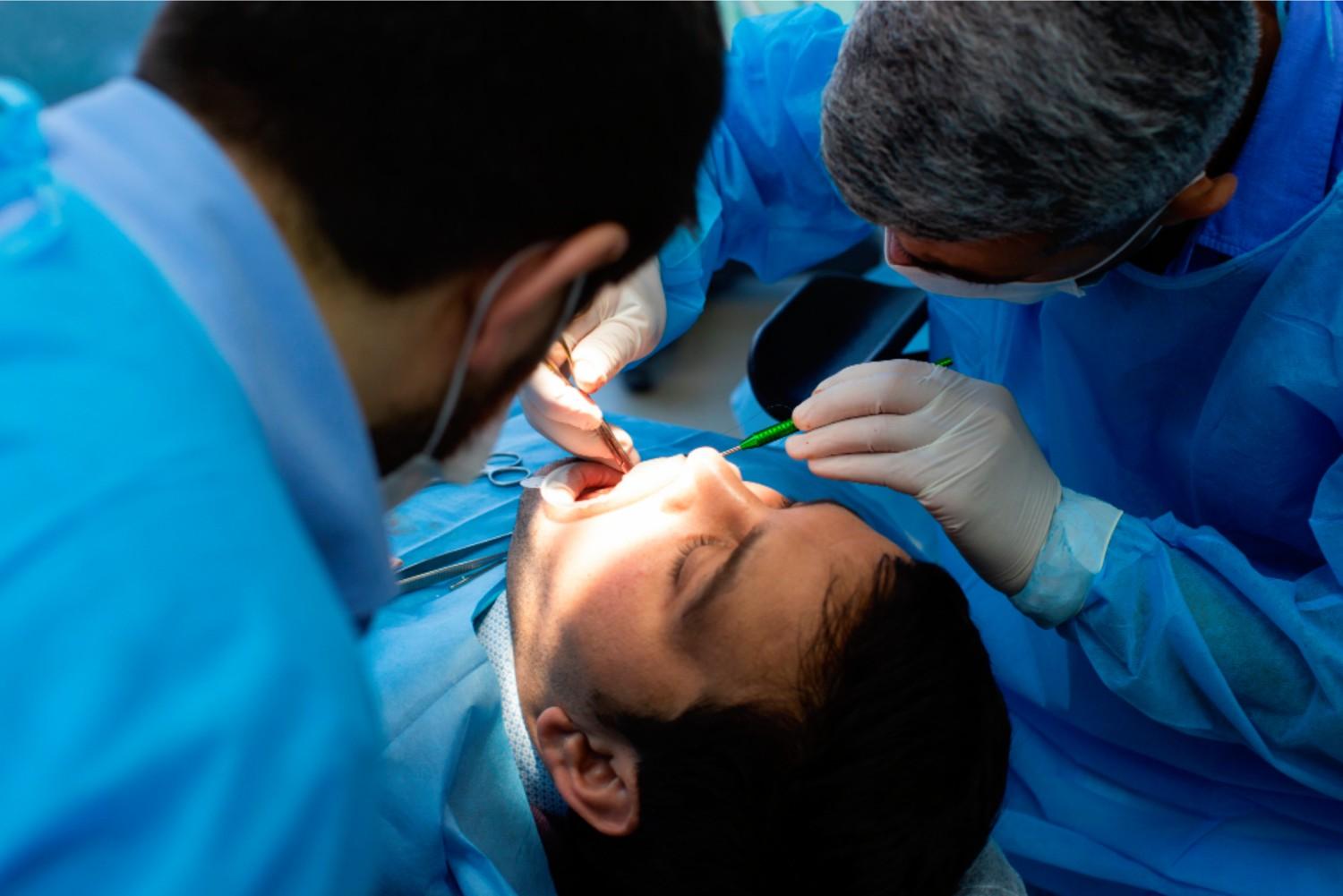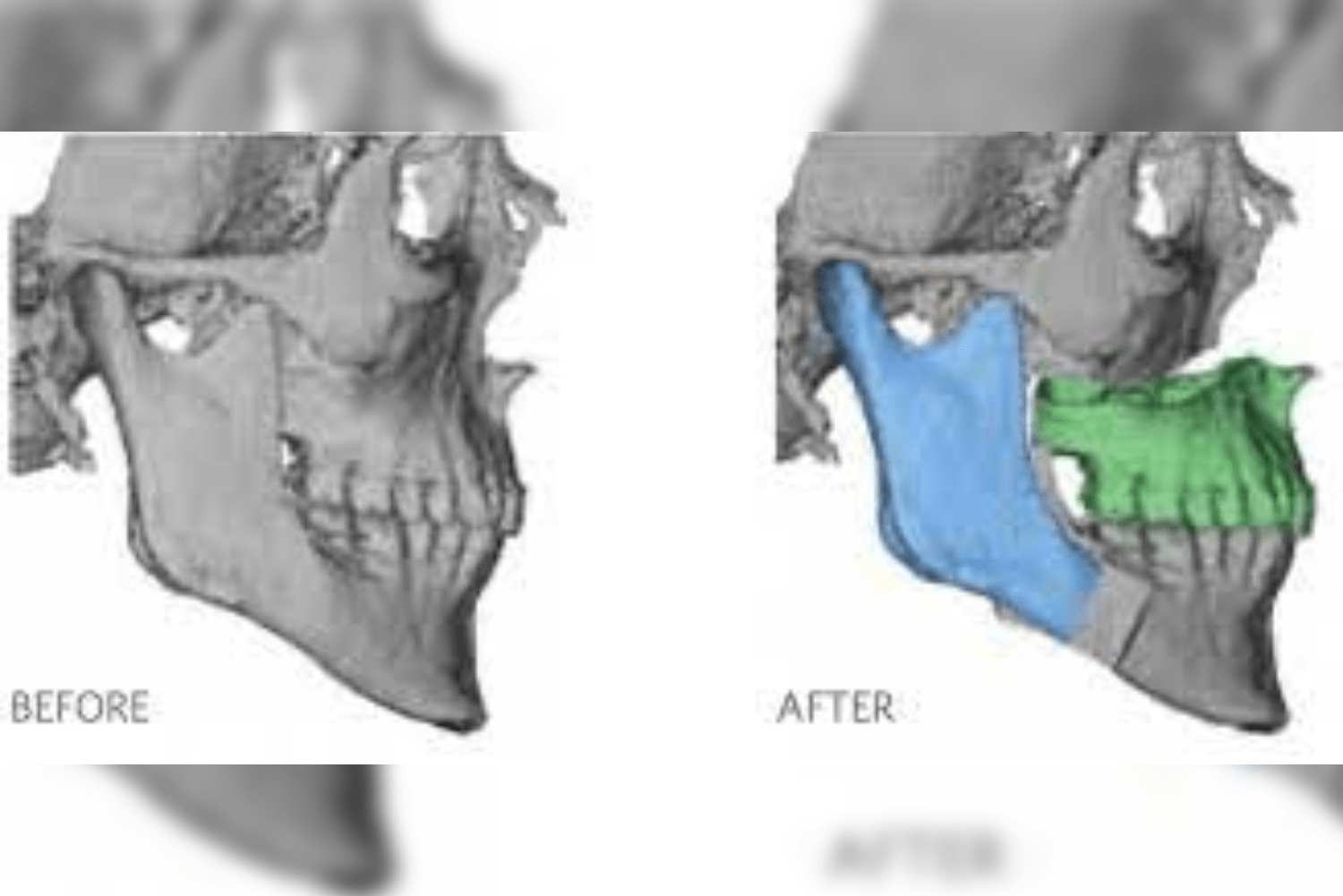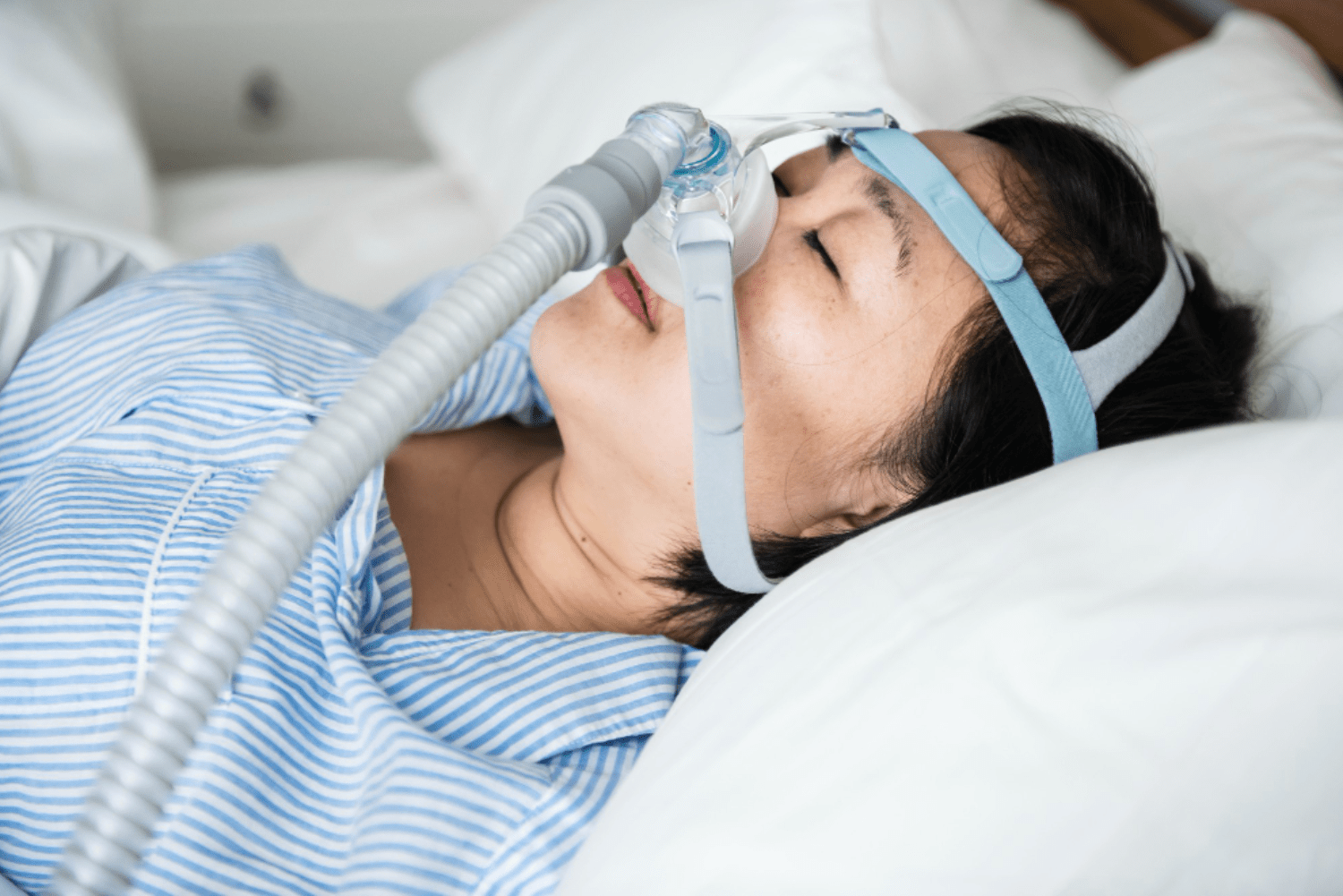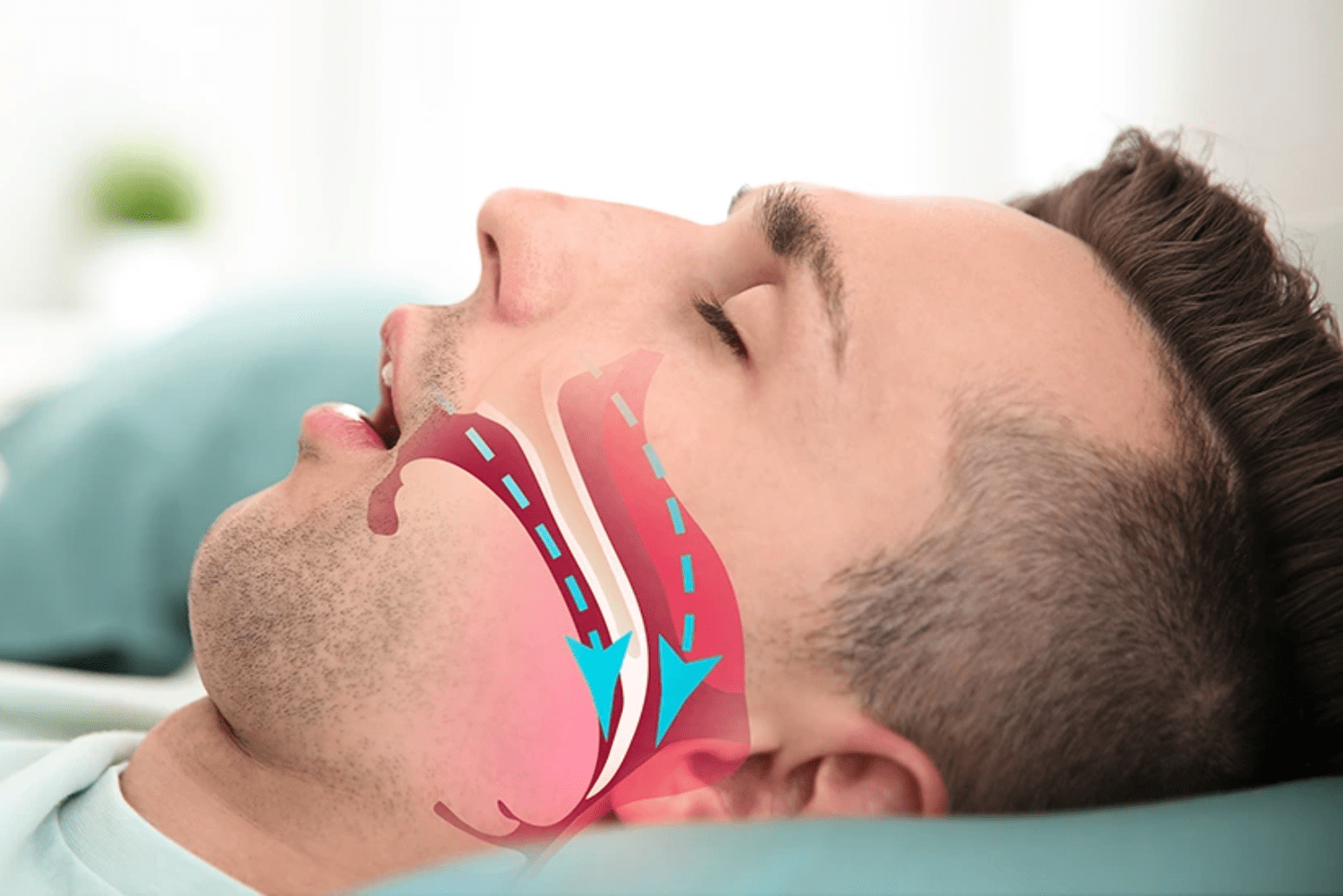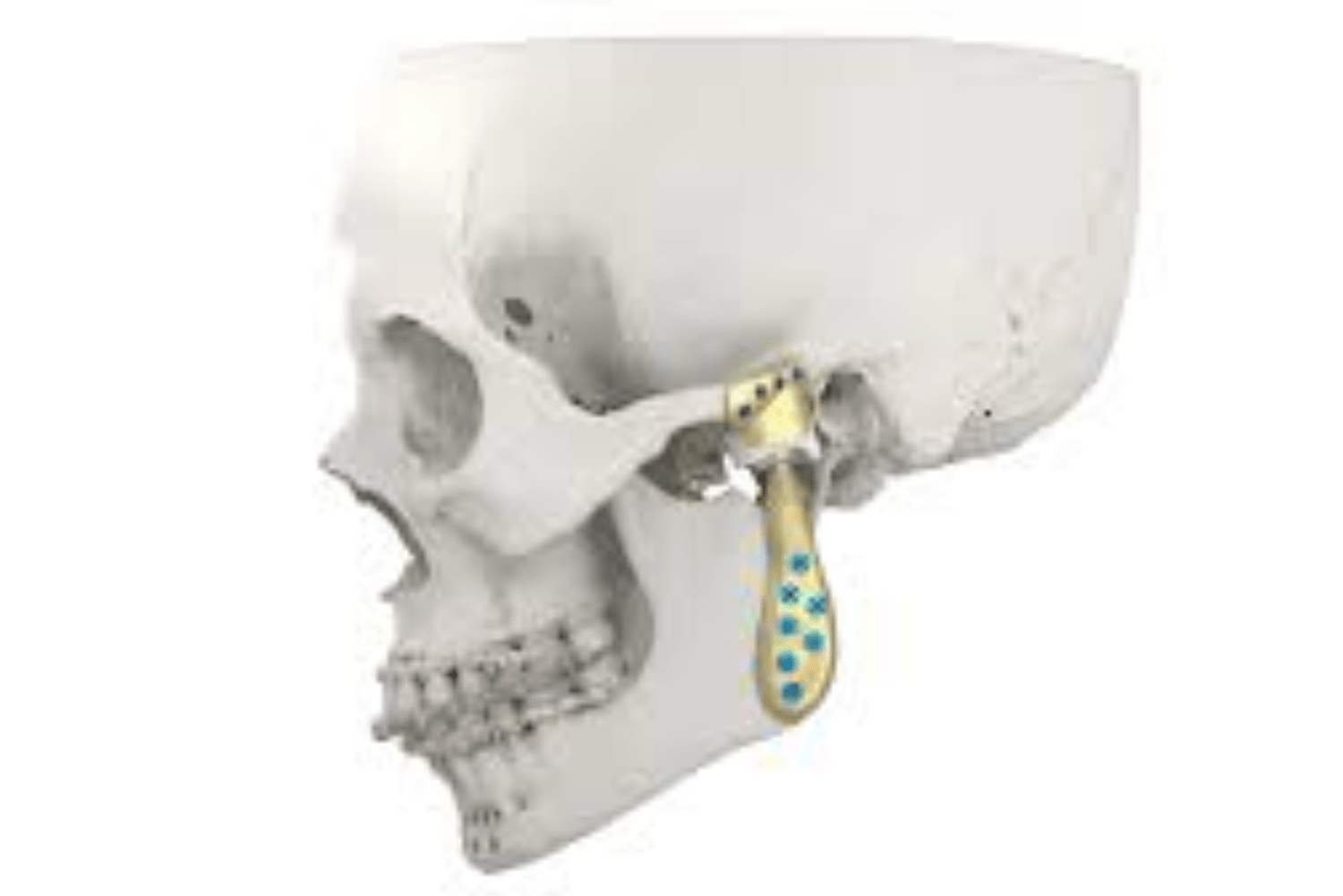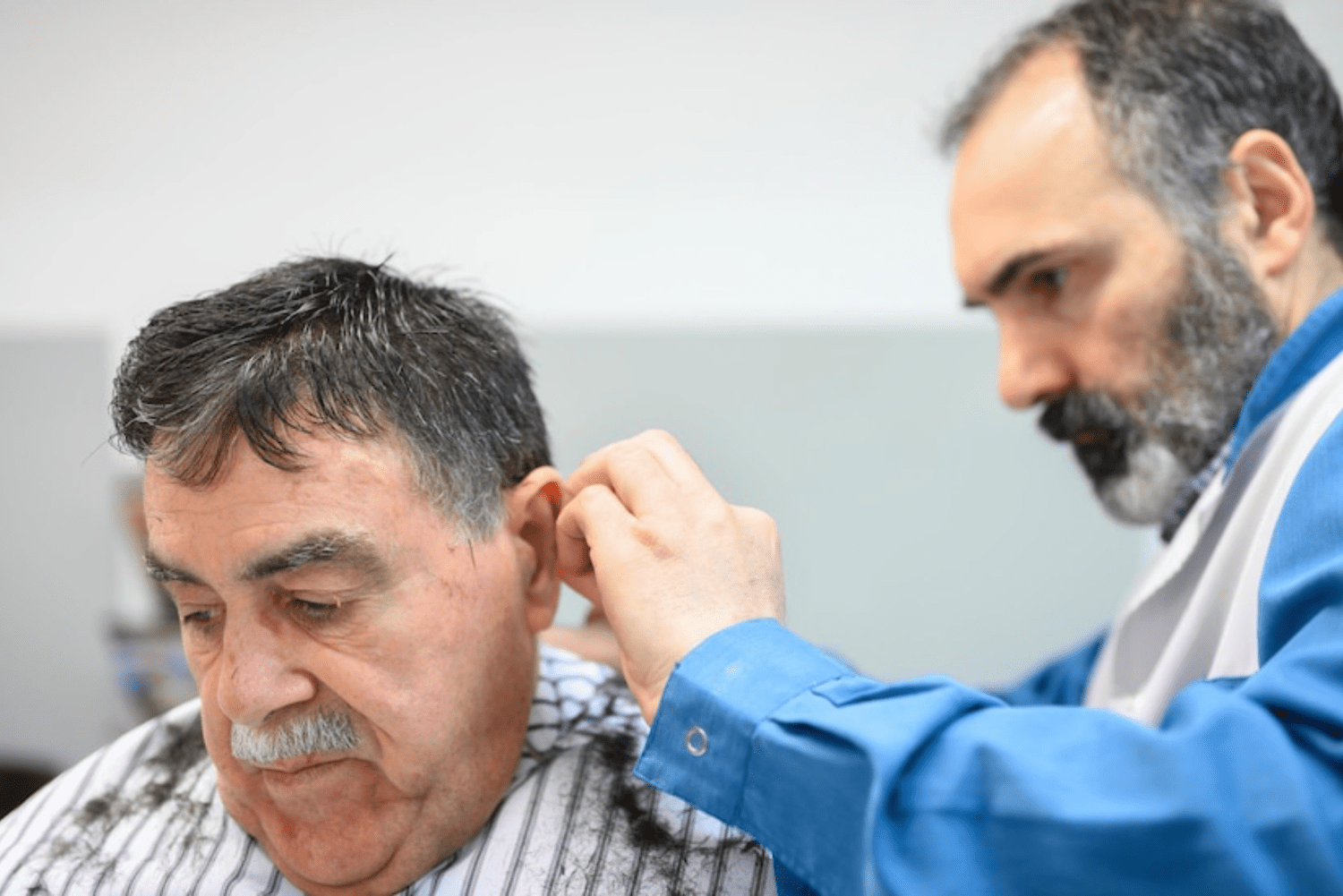Hair loss and a patchy beard have been a big concern for men around the world. It might be due to genetics, hormonal imbalance, medical conditions, birth defect or trauma. A man’s self-confidence is affected by the impact of losing hair or a patchy beard. We can now transplant even the beard using the follicular unit extraction method. Thanks to advanced medical science, permanent beard transplant treatment has emerged as a revolutionary solution to both scalp and facial hair restoration.
In this blog, we’re going to discuss how the Beard transplantation is carried out at Richardsons Face Hospital.
A detailed process, benefits, risks, and results will be discussed in this article.
WHAT IS THE FUE TECHNIQUE?
Fue stands for follicular unit extraction. In this method, individual hair is extracted, and these follicles are removed one by one from the donor area and implanted in the recipient areas. In this scenario, the donor area is usually the scalp, and the recipient area is the beard or moustache. Unlike the older FUT (follicular unit transplantation) method, which involves removing a strip of scalp to extract follicles, the FUE technique does not create any scars and is also less invasive.
This technique uses micropunch to harvest follicles one at a time, which leads to less pain and quicker recovery.
The diameter of the punch is often 0.7-1.0mm diameter.
WHY MEN OPT FOR A BEARD TRANSPLANT?
A full, thick beard is seen as a symbol of masculinity, fashion and also an identity for men. However, not all men are blessed with a thick beard or an evenly growing facial. There are several reasons for this patchy or absent beard growth like genetics, hormonal imbalances, scarring from acne or injuries, alopecia areata, and surgical or burn scars.
A beard transplant using the FUE technique allows men to achieve a full-thickness, symmetrical and aesthetically pleasing beard, which is done by transplanting healthy hair follicles into patchy or bare areas of the face.
Permanent Beard Transplant Treatment Procedure
1. Consultation and planning.
At first, when you visit us, we evaluate your hair loss pattern, the donor area and the scalp health.
The number of follicles required to fill up the patchy beard is planned. The beard line design is also customised depending on the facial structure and preferences.

2. Donor area extraction
The hair follicles from the donor area, that is, the backside of your scalp, are extracted individually using micropunches.
Exact angulation must be given while extracting the follicles so that the follicles are extracted without any damage to their roots.
At Richardson’s face hospitals, the doctors are well-trained in harvesting the follicles, ensuring minimal trauma. This leads to quick healing and no linear scarring.

3. Recipient site preparation
In the recipient area, tiny incisions are made. Very careful attention is paid to angulations, the direction of hair follicle slots and density for a natural result.
4. Implantation
The extracted follicular units are transplanted into the incisions using implantation pens or forceps. This stage is very labour-intensive, and it may take several hours depending on the graft count.

5. Discharge
Once the implantation procedure is completed, a medicated wound dressing is applied to the donor area. You will be discharged on the same day once the vitals are stable.
The whole process may take up to 6 hours for transplanting around three thousand grafts. When we say grafts, it means each graft can contain 2 to 3 follicles. Careful selection of grafts is made, as a thicker graft that contains 3-4 follicles cannot be transplanted in the beard region, as it may give a very unnatural look.
6. Recovery and growth
There will be scabs and redness, both on the recipient and donor area, that will clear up in about a week. The follicles that appear on the skin of your face will fall around seven to fifteen days. New hair begins growing around the three-month mark. The Final result with full density is visible nine months post-op.

BENEFITS OF FUE BEARD TRANSPLANT
1. Minimally invasive – no scalpels or stitches are involved in this procedure. Thereby reduces the downtime and has faster healing.
2. No linear scars, it is ideal for people who want minimal visible signs of the surgery.
3. Natural-looking results, the follicles that are implanted are in their natural growth direction, and also a natural density and symmetry is achieved.
4. Permanent solution: the transplanted hair is resistant to DHT. It is the hormone responsible for hair loss, thereby ensuring long-term or permanent results.
5. Customizable design: the beard shape can be tailored to individual aesthetics, desires and jawlines.
6. Low risk of complications – with skilled professionals and proper care and medications, the complications are very rare.
RISK AND CONSIDERATIONS
Though the FUE technique is considered risk-free, safe and effective, there is some amount of risk and factors that need to be considered before opting for the procedure :
- Shock loss – Temporary shedding of the existing hair due to any trauma that has occurred from the surgery.
- Folliculitis – Inflammation of hair follicles can happen during the healing process.
- Scarring – tiny white dots may be visible in the donor area upon close inspection, while it is very minimal.
- Uneven growth – it may require a touch-up procedure to cover the uneven growth.
- Cost – it is generally higher than older techniques, as it involves a lot of precision and time.
RECOVERY AND AFTERCARE
Patient is advised a proper aftercare to ensure the success of beard transplant.
Immediate post op care
- Avoid touching or rubbing the transplanted area.
- Sleep with your head elevated. Thereby avoids swelling in your upper face region.
- Do not revert to smoking and alcohol. It is advised to strictly avoid them for at least 15 days.
Patients are advised to take prescribed antibiotics and anti-inflammatory medications.

Long-term care
- You can wash your face and hair after 48 hours.
- Avoid strenuous exercises and activities, swimming and sun exposure for 2 to 3 weeks.
- Avoid shaving the transplanted area for 3 weeks.
- The hair growth cycle takes time for the final results, and patients are advised to be patient with it.
FINAL THOUGHTS:
Beard transplant using the FUE technique is and cutting its effective and minimally invasive solution that is present when an individual seeks a full-thickness and a natural-looking permanent result. It is a gold standard in hair restoration procedures. As with any other medical procedure, careful technical planning, realistic expectations and a qualified surgeon are key for the successful outcome.
Here at Richardson’s Face Hospitals, we have hundreds of cases that have had promising results and beautiful outcomes.


